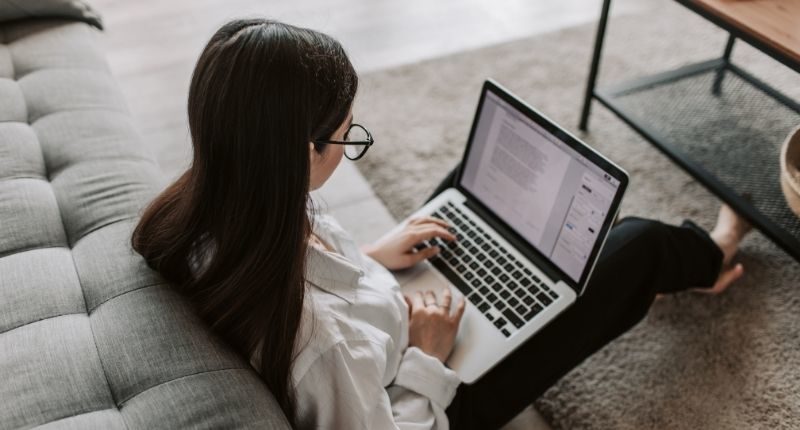- An increase by 8.14 percentage points
- 64% of managers and professionals regularly worked from home
- Other working arrangements have generally followed pre-pandemic levels
More than 40% of employed people were regularly working from home during the first half of August, according to new data by the Australian Bureau of Statistics (ABS).
ABS Head of Labour Statistics Bjorn Jarvis said, “Prior to the Pandemic, the percentage of employed people working from home on a regular basis had been steadily increasing by around a percentage point every two years.
“Our latest data for August, 2021, as the Delta period impacts were deepening, are showing an 8.14 percentage point jump to 40.6%.”
Working arrangements

According to the ABS, working from home continued to be more common in some occupations with close to two-thirds of managers and professionals doing it regularly in August 2021, compared with around a quarter of people across other occupations.
Mr Jarvis said, “Interestingly, while the pandemic has seen a large shift in people working from home, there haven’t been similarly large changes in other working arrangements such as working Monday to Friday only.
“Working arrangements other than working from home have generally followed pre-pandemic trends.”
The data also found lockdowns and other restrictions impacted the distribution of earnings.
Mr Jarvis said, “In August 2021, the number of employed people who were earning less than $1,000 per week fell by almost half a million compared to pre-pandemic levels, from 4.5 million in August 2019 to just over 4 million in 2021.
“This echoes what we saw last year, in August 2020, when lower paid workers and their jobs were also particularly affected by lockdowns and other restrictions.”
Distribution of weekly earnings

Despite the fall in the number of employees earning below $1,000 per week, the number earning more increased by 8% between August 2019 and 2021. However, this was still below the two-yearly growth rates seen before the pandemic.
The data also showed the impact on casual employment during the pandemic which is more likely to be lower paid.
In August 2021, there were 2.4 million casual employees, equivalent to 22.5% of all employees, down from 23.6% of employees in May 2021 and 24.1% in February 2020 before the pandemic.
Paid leave entitlements by lower and higher paid workers

Mr Jarvis said, “In August 2021, 90% of employees who earned the median wage of $1200 per week or more were entitled to paid sick leave or paid holiday leave. Over 50% of these employees had access to paid parental leave.
“For workers in the lowest 25% of earners (less than $750 per week), 40% had access to paid sick leave or paid holiday leave, and 20% were entitled to paid parental leave.”








